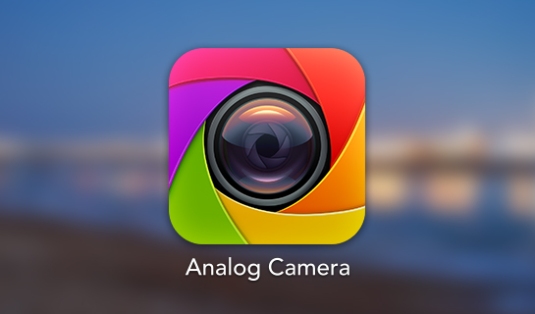I use Twitter everyday. It’s my single most enjoyable source of information, and a great way to (excuse the cliché) socialise with the community. So it goes without saying that I spend a lot of time using a Twitter client on my iPhone. Up until recently, I’ve been using Twitter’s official app as my go-to client. It had been doing the job, but started to feel a bit too basic and I felt like a change is in order. And what better time to make that change than with the release of Tweetbot 3 for iPhone?
I hadn’t really used Tweetbot before. I had checked it out and read a lot about it, but never actually used it instead of the official Twitter app. But with the release of the new iOS 7-ified version of Tweebot, and after sensing a lot of excitement on my Twitter feed, I just had to see what all the hype was really about.
When you open up Tweetbot, it introduces you, in a really slick way, to a few of its unique features. Swipe right-to-left to view a tweet in detail, including the retweets, favourites, and replies that it received. Tap and hold on the last two navigation items to change the page assigned to those items. Tweetbot is fueled with tiny, impressive tweaks like so.
The first thing you notice when you start using the app is how the avatars are all cropped into a circle, which is something that, I believe, has been giving a few iOS 7 apps a really nice touch.
As you start getting used to the app, you really start appreciating how everything is built. The developers really considered everything when coming up with the UI, and it shows. Every single functionality is put right in its place.
And also, the app is sexy as hell. One place where that really shows is the new profile pages. I could honestly (and might have, at some point) stare at a profile page for hours. When you enter someone’s profile, their header image is displayed right behind their avatar and bio, with a slight blur applied to that image. But, as you gradually scroll down, the avatar and bio start to fade out, and the header image starts getting more and more clear. The resulting effect is fantastic.
Another kind of unique twist to the app is how images are handled. To dismiss an image that you loaded up you swipe it away in any direction, and it feels like you’re actually swiping away a piece of paper. It’s a really tiny detail, but it has a huge effect on the app’s experience. Also, you can view Instagram images right from the app, which is a huge advantage.
To conclude, the overall feel of the app is immensely fluid. I don’t just use a Twitter client as a gateway to people’s tweets, but I now use a Twitter client to also enjoy the Twitter client itself. Tweetbot is definitely not overrated. It is the best Twitter client out there.
Buy Tweetbot from the App Store here.






